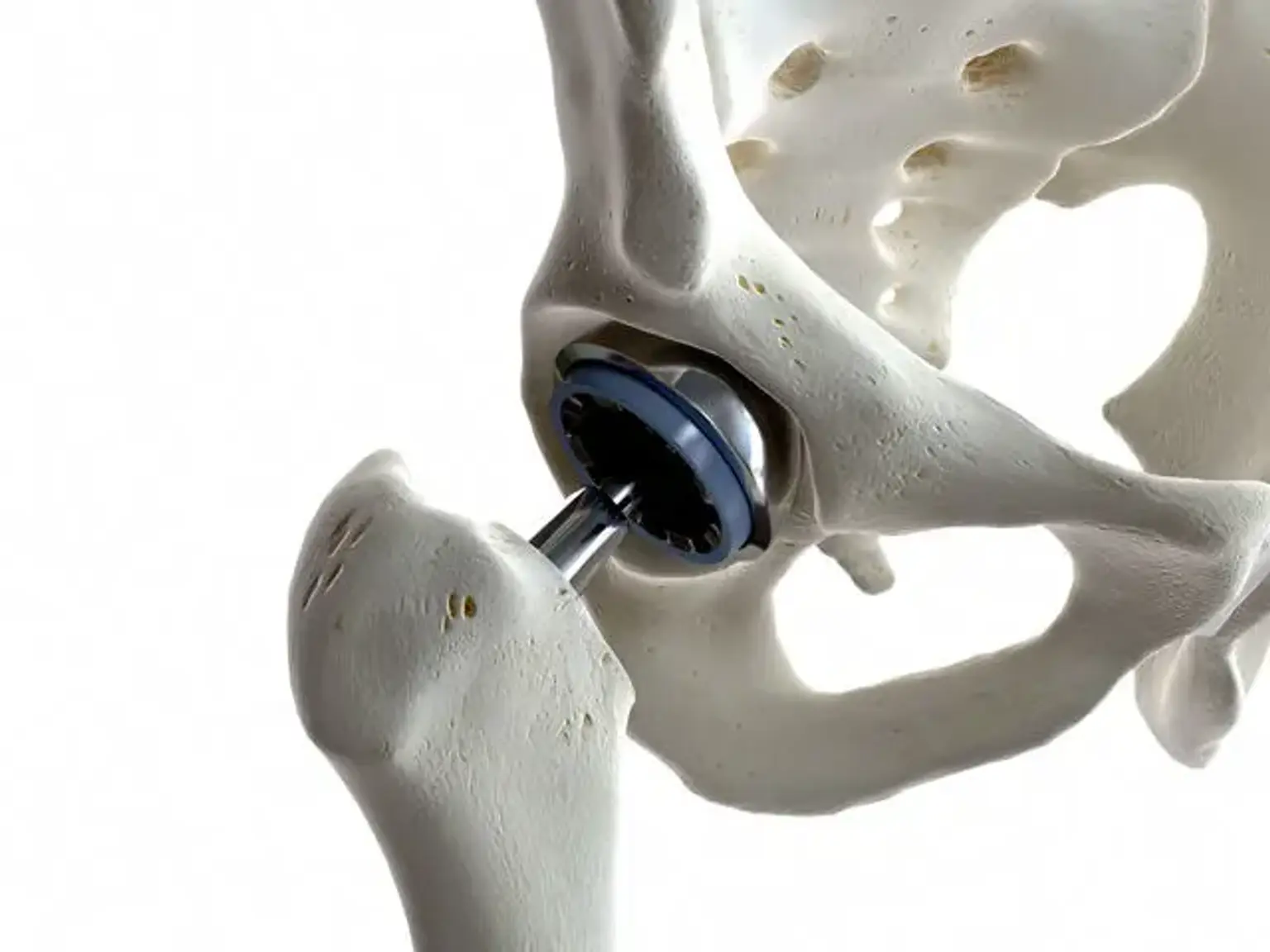3D PSI Arthroplasty
Surgeons and engineers are always looking for new ways to optimize the surgical placement of joint arthroplasty implants. Patient-specific instrumentation (PSI) is being developed through rapid prototyping, and it has already been successfully put into massive clinical application for knee arthroplasty. Although 3D PSI has been utilized in shoulder arthroplasty, it is unclear whether it improves accuracy and results when compared to traditional approaches in either shoulder or knee arthroplasty. PSI has been confined in the hip to the placing of custom-made implants and a small number of surgeons evaluating developing options from various manufacturers. Early results show that using PSI in hip arthroplasty yields in constant, correct implant location, but at a higher cost and with an unknown influence on clinical outcomes.
